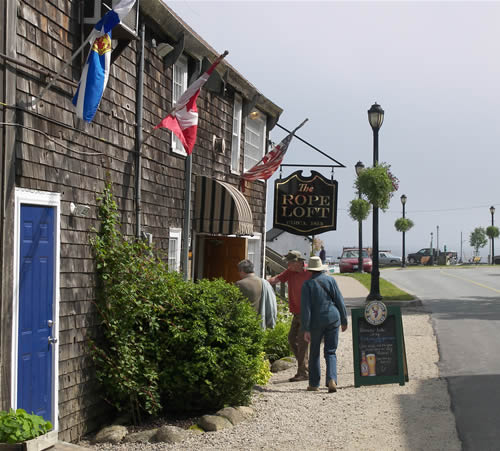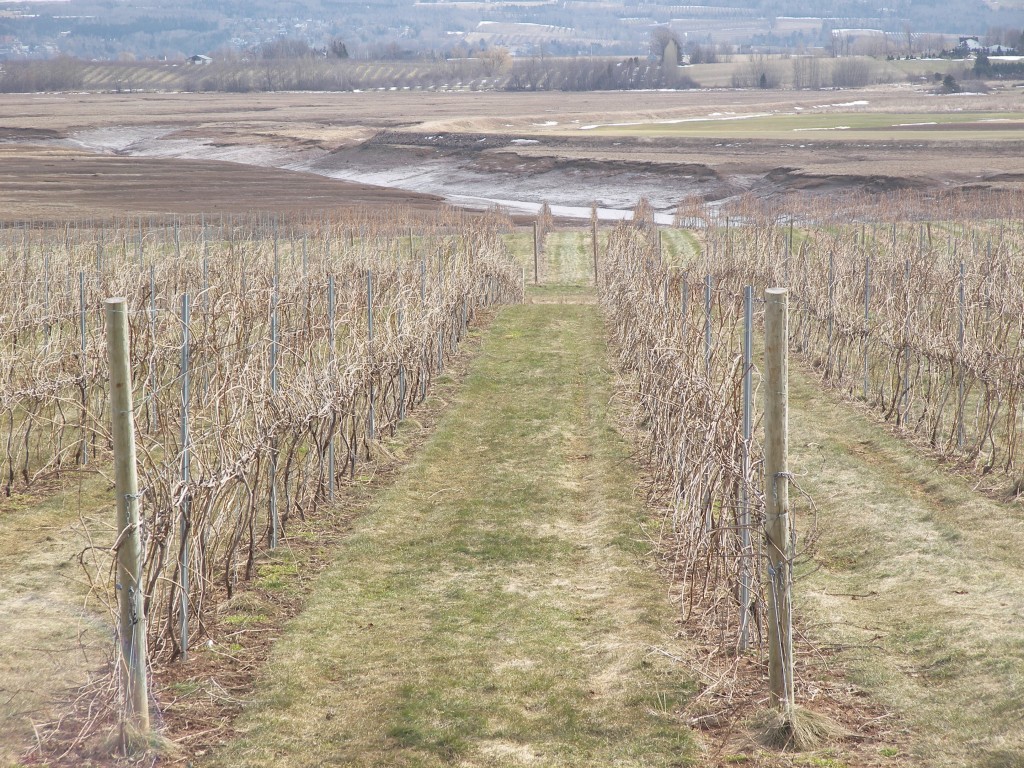
I just scored a truckload of chipped branches from a road crew trimming the area around the phone and power lines on our road.
They were happy not to have to cart it back to Halifax, where the truck was headed, so I suppose I saved the contractor a bit of money in diesel.
But I feel like the real winner. I was thrilled to get this much steaming organic matter, a nice mix of “browns and greens” (branches and leaves) which avid composters know to be the ingredients of the slow fire in the middle of a compost heap that produces all that nice gardener’s gold that makes gardens grow.
I’m spreading it over future garden beds. First, I covered the sod with overlapping layers of corrugated cardboard (from behind a grocery store) to smother grass and weeds. Under the cardboard are oak leaves that someone was throwing away. (More free organic matter!) The woodchips go on top of the cardboard in a thick layer. Later I’ll add some manure (which I’ll have to pay for).
In a year or two, the beds will be ready for annual vegetables. The soil will be deeper and contain more organic matter, which it sorely needs. I get out of breaking sod, which is the physically hardest part of gardening. The worms will do the work for me.

The soil here is sandy and poor – not like the rich drumlin soil of the LaHave River Valley nearby. It needs lots of organic material to become productive for gardening.
Fortunately, Nova Scotia is a leader in “waste” management. Even if I had not intercepted this truckload of material which is so valuable to me, it would have been composted, not buried in a landfill.











